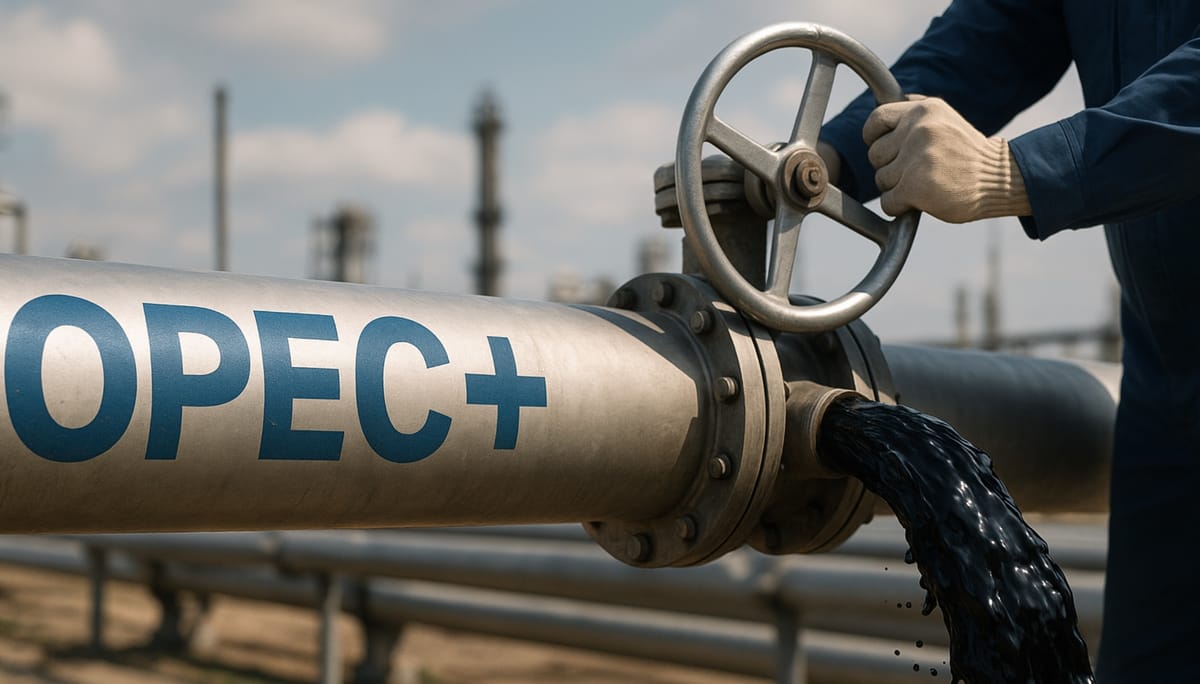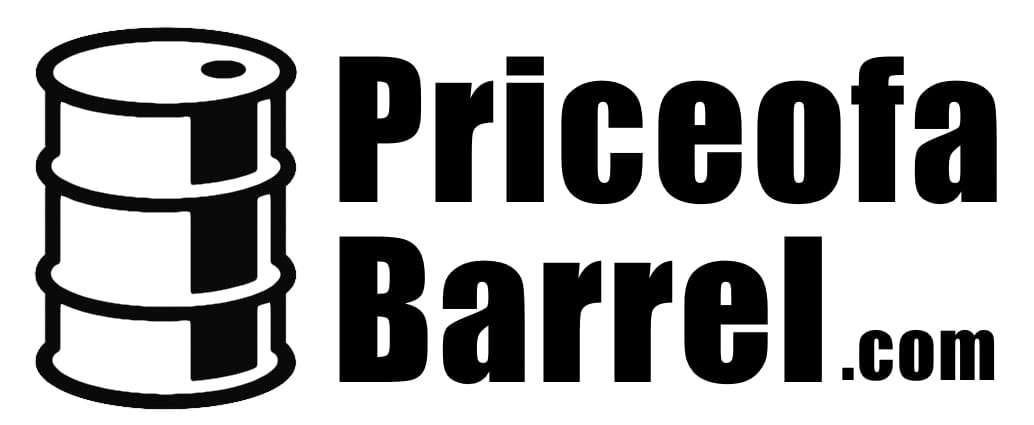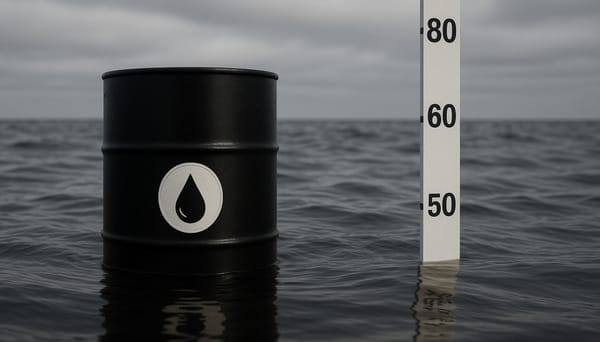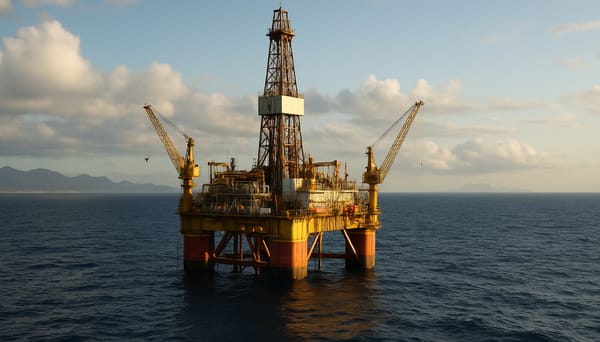Aramco Signals +2 Million Barrel per Day Demand Surge, as OPEC+ Opens the Spigot

Riyadh — OPEC+ has agreed to double down on its market‑share push with a September output hike of ~547,000 bpd, fully reversing earlier cuts. Prices softened as traders braced for oversupply—but the world’s largest producer, Saudi Aramco, is calling for a strong second half.
🗣️ “Market fundamentals remain strong and we anticipate oil demand in the second half of 2025 to be more than two million barrels per day higher than the first half”— Aramco President & CEO Amin H. Nasser on H2 2025 results
🛢️ Aramco results
- Aramco reported robust half‑year earnings, citing higher downstream margins and steady upstream production.
- The company highlighted that global demand recovery remains intact, projecting a H2 surge of >2 m bpd versus H1.
- Capex guidance remains elevated, signaling continued investment in maintaining supply growth.
Why It Matters:
Aramco’s bullish outlook injects a counter‑narrative to the OPEC‑led oversupply fears. If demand rises by >2 m bpd in H2, as Aramco projects, the market could absorb some of OPEC’s new barrels.
However, the number of active oil rigs in Saudi Arabia fell to its lowest level in 20 years, after several oil-field projects aimed at maintaining production capacity were completed. There are more than 230 drilling rigs across Saudi Arabia, Baker Hughes said.
Market Context:
OPEC+ has restored ~2.2 m bpd of output in 2025 to recapture market share. This follows previous output hikes of 411 kbd in May, June, July and ~548 kbd in August, cementing a strategy shift toward market share ahead of uncertain demand.
🗣️ "To start a gradual and flexible return of the 2.2 million barrels per day voluntary adjustments starting from 1 April 2025, the eight participating countries will implement a production adjustment of 547 thousand barrels per day in September 2025 from August 2025 required production level" — OPEC+
However, even with U.S. tariffs on Russian oil buyers supporting risk, traders doubt OPEC+ can meet targets; oversupply remains dominant theme.
🧭 Strategic Doubts: Can OPEC+ Deliver Next‑Level Supply?
Analysts including Goldman Sachs and RBC speculate actual OPEC+ supply gains will fall short of planned 1.7 m bpd ramp, limiting price drops for now.
Why It Matters:
If capacity constraints curb real volume increases, the oversupply pressure weakens—preserving price floor—but uncertainty breeds volatility.
🧾 Analysis Summary
- OPEC+ is aggressively unwinding its cuts, restoring ~2.5 million bpd since earlier this year—half of global demand (~2.4%)—to secure market share.
- Official response: bullish justification (“strong economy, low inventories”), while markets push back hard with demand softness and high stock levels, especially in the U.S. and China.
- Traders remain dubious over headline figures—Saudi and Russia capex limits may cap real flows—creating a tension between headline oversupply and actual constraints.
💡 Bottom Line
OPEC’s decision to hike output by 547 kbd in September marks a full-fledged pivot to market‑share strategy. The immediate consequence has been a pullback in prices—Brent around $68–69, WTI in the mid‑$60s—as oversupply concerns trump geopolitical tightness. However, endemic skepticism about delivery capacity is supporting oil from deeper declines. Markets now hinge on whether OPEC+ can sustain flow volumes, and how demand trends evolve amid global trade and recession risks.





